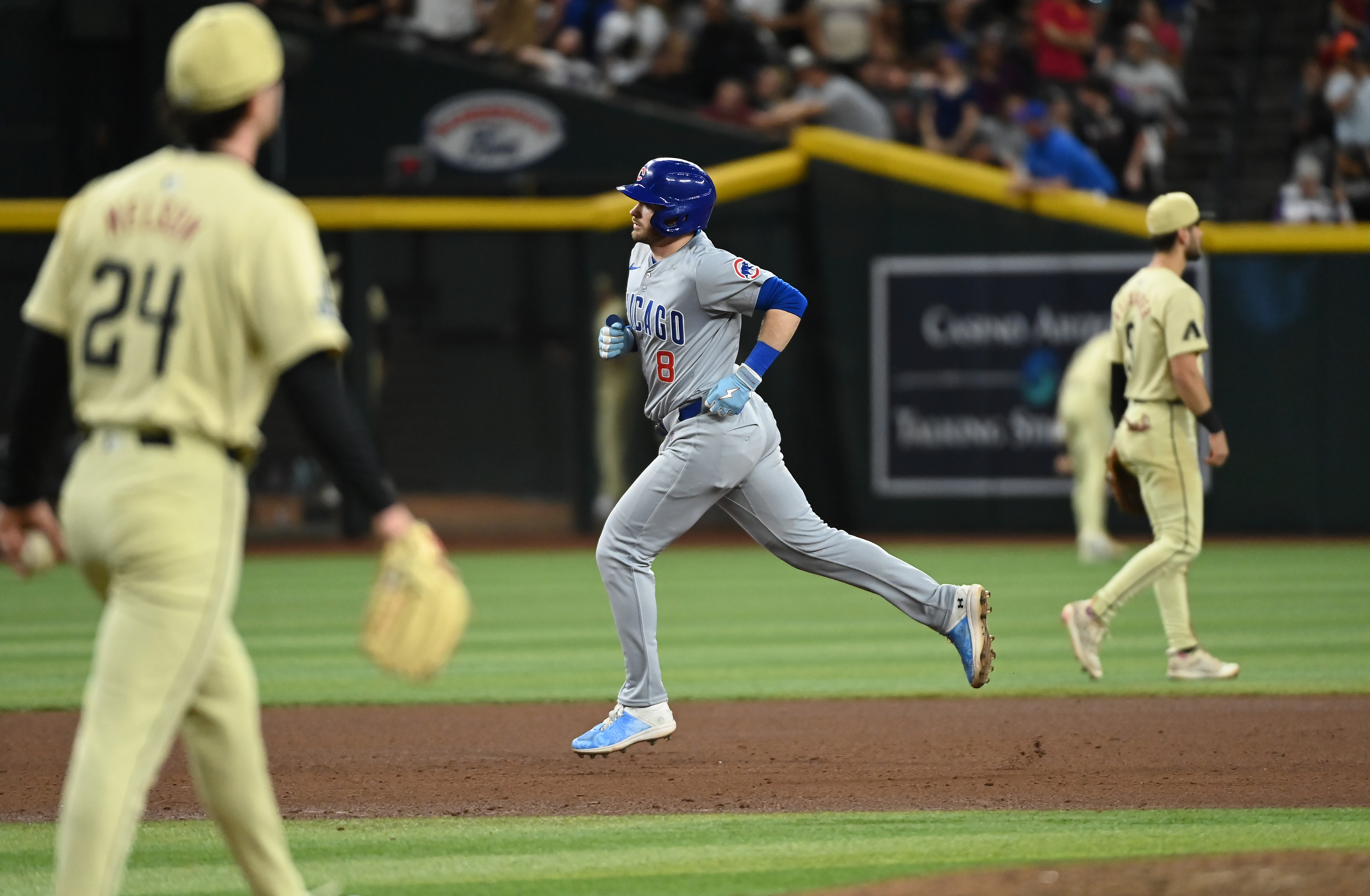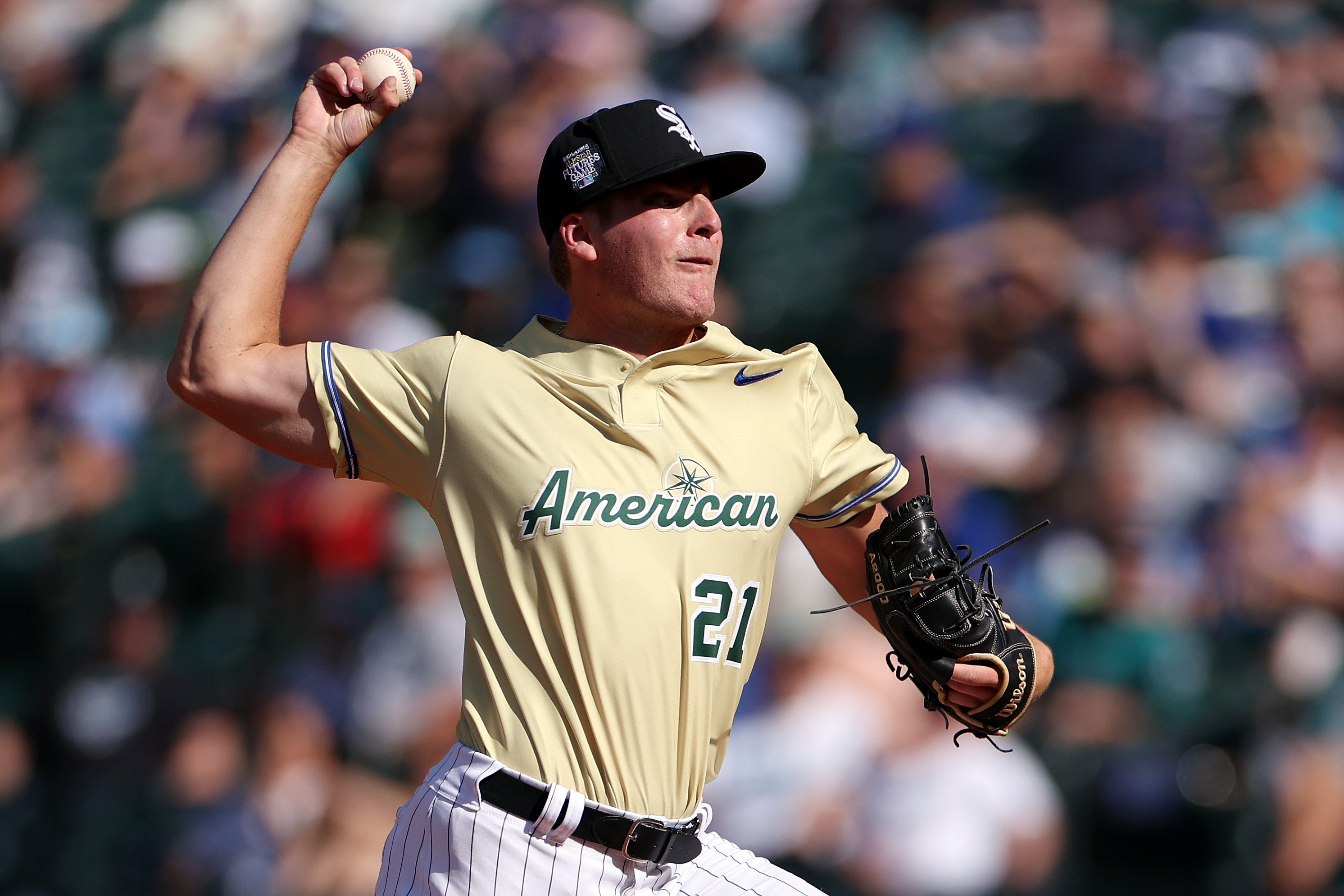Bobby Howry wasn't aware of the fact he was part of one of the more infamous transactions in White Sox history until a few years after it happened.
In 1997, with the White Sox only 3 1/2 games behind the division-leading Cleveland Indians, general manager Ron Schueler pulled the trigger on a massive trade that left many around Chicago — including some in the White Sox clubhouse — scratching their heads. Heading to the San Francisco Giants was the team's best starting pitcher (left-hander Wilson Alvarez), a reliable rotation piece (Doug Drabek) and a closer coming off a 1996 All-Star appearance (Roberto Hernandez). In return, the White Sox acquired six minor leaguers: right-handers Howry, Lorenzo Barcelo, Keith Foulke, left-hander Ken Vining, shortstop Mike Caruso and outfielder Brian Manning. Only Foulke had major league experience, and it wasn't exactly good (an 8.26 ERA in 44 2/3 innings).
Howry was largely oblivious to the shocking nature of the trade that brought him from the Giants to White Sox until, before the 1999 season, he was featured in a commercial that referenced the "White Flag trade."
"I don't even know if I knew it was called that before then," Howry recalled last weekend at the Sheraton Grand Chicago at Cubs Convention.
The trade was a stark signal that youth would be emphasized on 35th and Shields. Both Alvarez and Hernandez were set to become free agents after the 1997 season, and the 40-year-old Darwin wasn't a long-term piece, either. With youngsters like Magglio Ordonez and Carlos Lee rising through the farm system, the move was made with an eye on the future and maximizing the return on players who weren't going to be long-term pieces.
Sound familiar?
It's hardly a perfect comparison, but when the White Sox traded Chris Sale to the Boston Red Sox in December for four minor leaguers — headlined by top-100 prospects in Yoan Moncada and Michael Kopech — it was the first rebuilding blockbuster trade the organization had made since the 1997 White Flag deal. Shortly after trading their staff ace at the 2016 Winter Meetings, the White Sox shipped Adam Eaton — their best position player — to the Washington Nationals for a package of prospects featuring two more highly-regarded youngsters in Lucas Giolito and Reynaldo Lopez.
MLB
[SHOP WHITE SOX: Get your White Sox gear right here]
And there still could be more moves on the horizon, too, for Rick Hahn's White Sox (Jose Quintana has been the subject of persistent rumors since the Winter Meetings). But for those looking for an optimistic outlook of the White Sox rebuilding plans, it's worth noting that the club's last youth movement, to an extent, was successful.
Only Howry (3.74 ERA over 294 games) and Foulke (2.87 ERA, 100 saves over 346 games) became significant long-term pieces for the White Sox from those six players brought over in 1997. And it wasn't like Schueler dealt away any of the franchise's cornerstones — like Frank Thomas, Albert Belle and Robin Ventura — but with future starters in Lee, Ordonez and Chris Singleton on their way the White Sox were able to go young. A swap of promising youthful players (Mike Cameron for Paul Konerko) proved to be successful a year and a half later.
And with a couple of shrewd moves — namely, dealing Jamie Navarro and John Snyder to the Milwaukee Brewers for Cal Eldred and Jose Valentin — the "Kids Can Play" White Sox stormed to an American League Central title in 2000.
"It was great," Howry said of developing with so many young players in the late 1990's and 2000. "You come in and you feel a lot more comfortable when you got a lot of young guys and you're all coming up together and building together. It's not like you're walking into a primarily veteran clubhouse where you're kind of having to duck and hide all the time. We had a great group of guys and we built together over a couple of years, and putting that together was a lot of fun."
What sparked things in 2000, Howry said, was that ferocious brawl with the Detroit Tigers on April 22 in which 11 players were ejected (the fight left Foulke needing five stitches and former Tigers catcher/first baseman Robert Fick doused in beer).
"About the time we had that fight with Detroit, that big brawl, all of a sudden after then we just seemed to kind of come together and everything started to click and it took off," Howry said.
The White Sox went 80-81 in 1998 and slipped to 75-86 in 1999, but their 95-67 record in 2000 was the best in the league — though it only amounted to a three-game sweep at the hands of the wild-card winning Seattle Mariners.
Still, the White Flag trade had a happy ending two and a half years later. While with the White Sox, Howry didn't feel pressure to perform under the circumstances with which he arrived, which probably helped those young players grow together into eventual division champions.
"I was 23 years old," Howry said. "At 23 years old, I didn't really — I was just like, okay, I'm still playing, I got a place to play. I didn't really put a whole lot of thought into three veteran guys for six minor leaguers."


